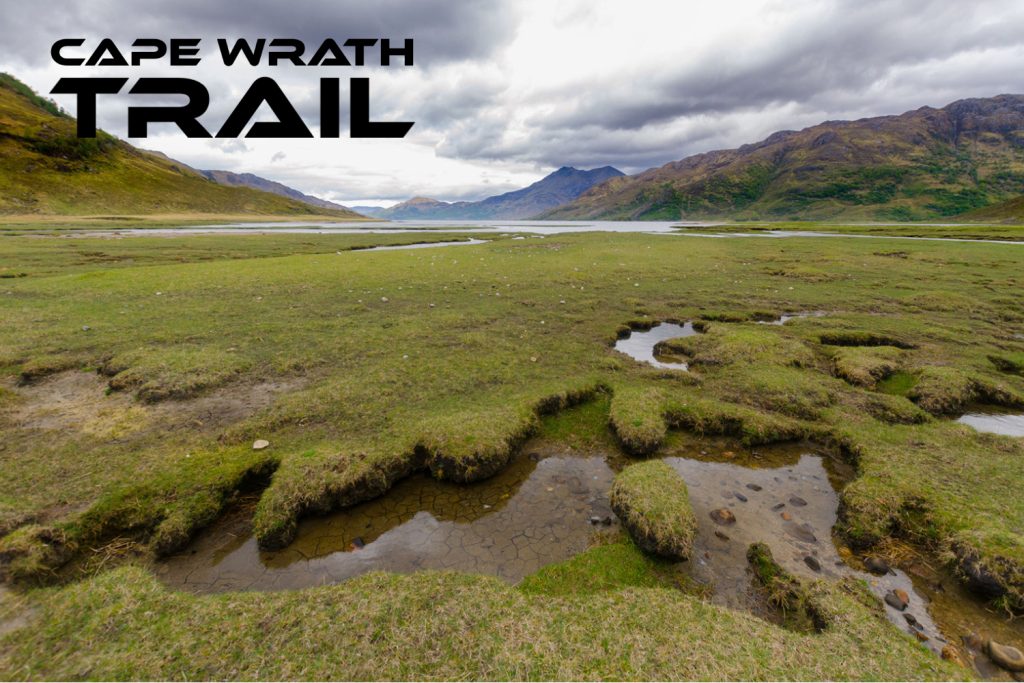
The Cape Wrath Trail is a 230-mile-long route that runs from Fort William to the northwestern tip of Scotland at Cape Wrath. It is considered one of the most challenging long-distance walks in the United Kingdom, crossing some of the most remote and rugged terrains in Scotland. The trail is not waymarked, and walkers must navigate using a map and compass, adding to the sense of adventure and challenge.
One way to approach the Cape Wrath Trail is through the lens of psychogeography.
Psychogeography is the study of the emotional and psychological effects of places on individuals. The Cape Wrath Trail is a perfect example of a place that can elicit strong emotional responses in walkers. The wild and rugged landscape, the sense of isolation and remoteness, and the unpredictable weather can all contribute to a heightened sense of awareness and an altered state of consciousness. The trail can be a transformative experience for those who undertake it, as they are forced to confront their physical and emotional limitations and develop a deeper connection to the landscape.
Another theoretical framework that can be applied to the Cape Wrath Trail is the Affect Theory.
Affect theory posits that affect, or the bodily experience of emotions, is central to how we understand and engage with the world. The trail is a place that can evoke a range of affective responses in walkers, from fear and anxiety to awe and wonder. The terrain is challenging, and walkers must constantly negotiate difficult terrain, river crossings, and unpredictable weather. These challenges can produce a range of emotions, from frustration and despair to triumph and elation. The affective responses of walkers to the trail are not just internal experiences but are also shaped by the materiality of the landscape and the weather.
Posthumanism is another theoretical framework that can be used to understand the Cape Wrath Trail.
Posthumanism challenges the traditional humanist view that humans are the only subjects with agency and significance. Instead, posthumanism sees humans as part of a larger network of non-human entities and actors. The trail is a place where humans are forced to interact with non-human entities, such as the landscape, the weather, and the wildlife. Walkers must navigate terrain that is not designed for human use and must learn to coexist with the non-human entities they encounter. The trail can also challenge human notions of understanding and control, as walkers are forced to adapt to the unpredictable and uncontrollable nature of the landscape.
In conclusion, the Cape Wrath Trail is a place that can elicit strong emotional responses, challenge traditional notions of human agency, and produce a range of affective experiences. The trail is a place where walkers must negotiate the complex relationships between humans and non-human entities, and where the boundaries between humans and non-humans are blurred. The theoretical frameworks of psychogeography, affect theory, and posthumanism offers useful tools for understanding the rich and complex experiences of walkers on the Cape Wrath Trail.



